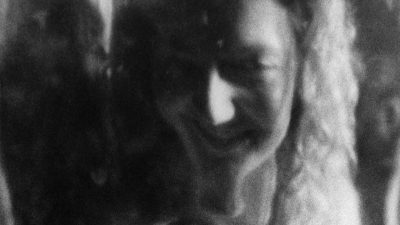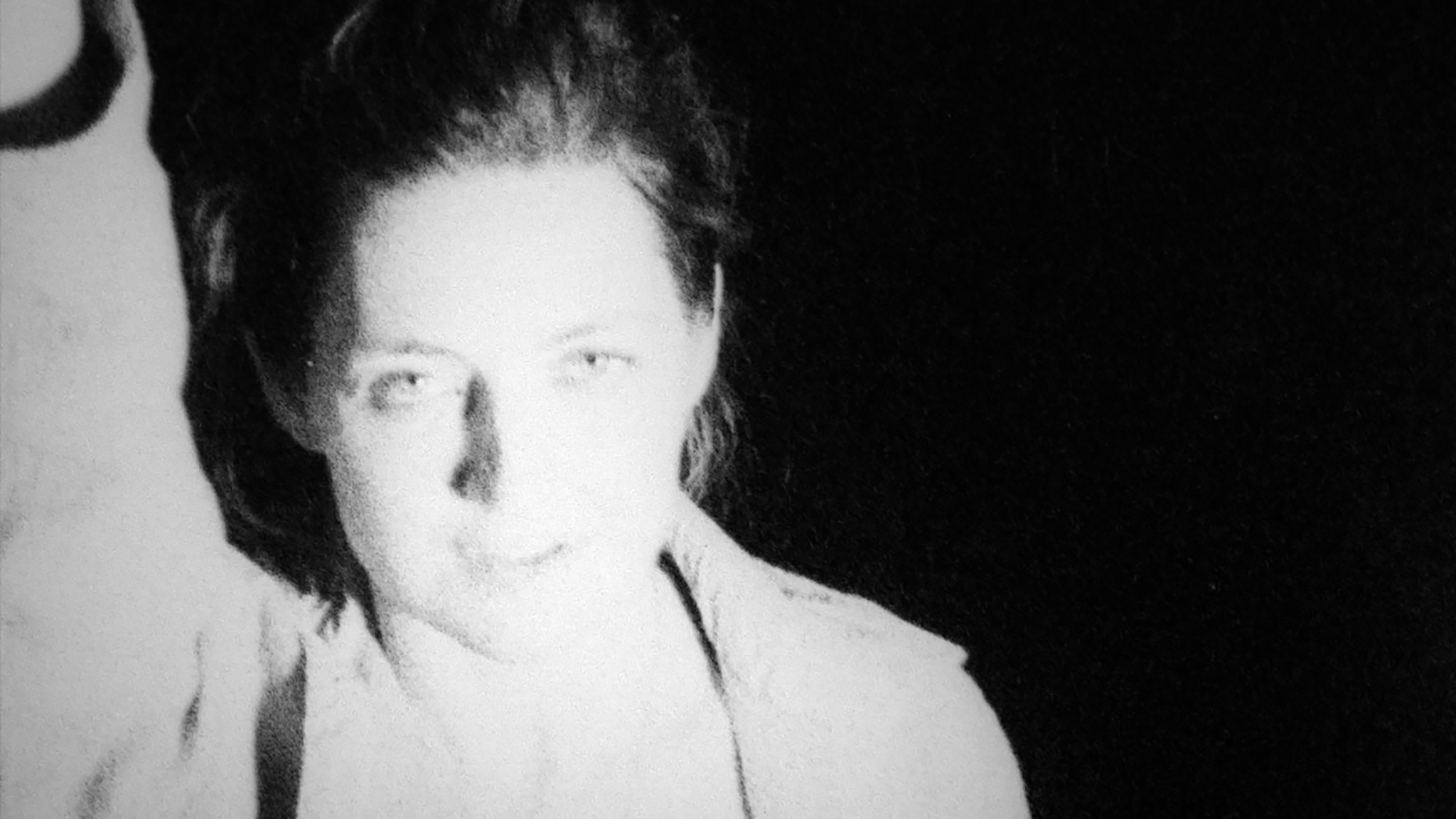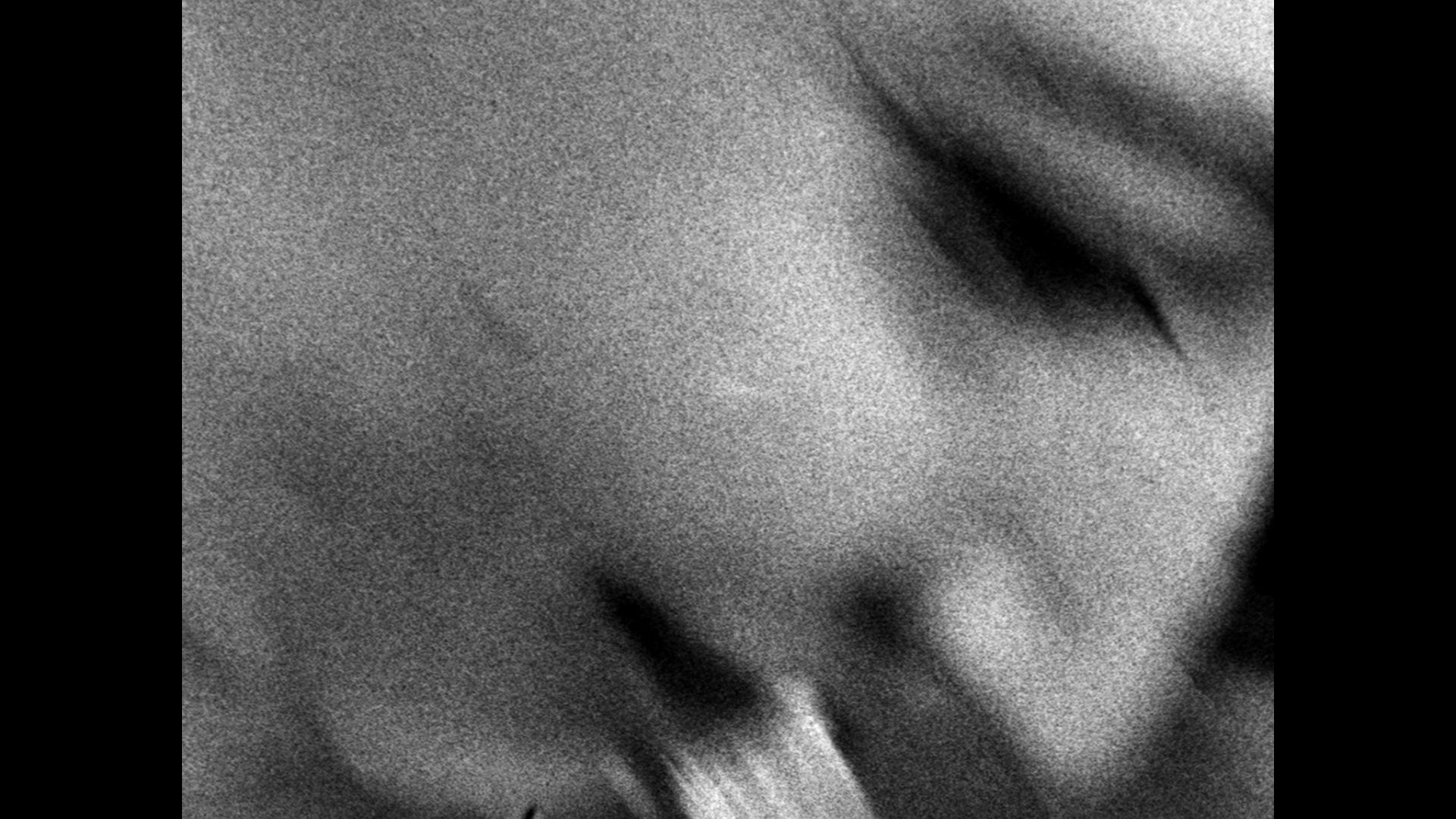We Make Couples (57 minutes 2016)
This Marxist love story asks: could the couple also be a form of resistance? Essay notes on marriage, microcinema, and the art of projection. With guest appearances by Occupy, Pussy Riot protesters, a runaway goat, two poodles, an army of street marchers, Mos Def, Frankenstein and cinema’s first kiss.
“In Mike Hoolboom’s work the relationship between images and text (the eternal voice-over) always of a poetic order. In addition, images are used freely – the montage follows the logic of association of ideas, combining material captured by the filmmaker and taken from many other sources. The freedom of these films makes them special because they subvert the narrative logic of the cinema, concentrating on exploring images and concepts that come from the movement generated by the montage itself. In the case of We Make Couples the images and text are inspired by the monogamous model of western societies and linked to capitalism, proposing a revolt or some resistance from “the couple.” However, as might be expected, this relationship of resistance also encompasses the cinema, or rather “amateur cinema” produced by ordinary people outside the industrial machine. For Hoolboom, cinema is life. In this blend of register, the film even includes protesters from the Occupy Movement and Pussy Riot.” Daniel Ribas, Vilo do Conde Festival
”We Make Couples is a master documentary maker’s six-years-in-the-making Marxist love story. Crammed full of thoughts on cinema, politics and the pleasures and costs of our collective stabs at happiness, it’s a powerful film challenging us to ask whether ‘the couple’ could also be a form of resistance.
Featuring guest appearances from Suffragettes, Pussy Riot protesters, a runaway goat, two poodles, Mos Def, Frankenstein and cinema’s first kiss, We Make Couples draws fresh geometries of relationships. In a fittingly ravishing ‘gone and there’ montage of sound, stills, 16mm footage, and who knows what and from where, Mike Hoolboom relays notes on the art of projection and protest. The voices of its two heroines gently implore us not to get stuck playing the same roles, but instead to take risks. Hoolboom wants us to make movies that are less about knowing where we are, and more about urgently searching together in the dark.” International Film Festival Rotterdam
“An impressionistic patchwork in which human relationships are seen as a form of resistance. In this new project, Mike Hoolboom, the internationally acclaimed artist and video maker from Toronto, undertakes a vast reflection on cinema, the influence of politics and the pursuit of freedom and happiness. Presented at the most recent Rotterdam film festival, this hybrid work combines black and white photos, animated sequences and 16mm footage. It all comes together in a gleeful mix that sees our relationships as a form of resistance.” Nouveau Cinema Festival, Montreal
“A multi-layered reflection intertwining types of domestic skirmishes with the ones we have within society. It relies on a number of central themes, such as the depictions of faces, touches, projection, or exploding light. It formulates arguments about production (relationships), forms of resistance (against restrictions), systems for organizing the way we see things (ourselves and each other), about ways we project (ourselves to others), about personal and industrial relationships, expressions of beauty (and politics) in an age when “intensity is more important than endurance”. Using montage and rhythmically brilliant collage essays, the filmmaker combines found and his own materials.” Andrea Slovakova, Jihlava Festival
What is the relationship between media, social organization and the production of the couple? If we were plankton we wouldn’t need to be a couple, we could be part of a group. We assert capitalism’s property rights over our partner’s sexual life because that’s also a way of letting someone else’s picture live inside us, and that makes us feel alive. You belong to me now.
“In the screen society how can we think simultaneously the systemic imbrication of mass media (from cinema to cell phones), the politico-economic (including neo-imperialism and war), and consciousness (from the quotidian to the outer limits of philosophy and fantasy?)… The cinematic organization of society has led to the restructuring of perception, consciousness, and therefore of production. This production… occupies the activities of perception and thought itself… the techno-visual history of capital leads up to the colonization of the sensorium and the expropriation of the senses and the intellect.” Jonathan Beller
Hannah Black: “Now there is neither form nor immediacy, there is only the moment of transmission without end, the invisible and fleeting transactions that underlie the visible world, the love of money for itself, in other words: Women are more autonomous from men, but less autonomous from capitalism. Capitalism encourages me to be a tragic heroine, forever committed to a lost promise. The forms must be overcome but the only way to do that is through an engagement with those forms, if only as de-creation. The job of the contemporary artist is to accelerate formal obsolescence. Who is a more paradigmatic accelerator than the creator of a meme? You saw it once and you understood everything.” Subsequent displays were only for the pleasure of repetition, or to show that you understood, and therefore that you yourself could be understood.”
Heavy lifting by Allegra Fulton, Liisa Repo-Martell, Erin Robinsong and Andea deKeijzer propel this journey of tops and bottoms, masters and slaves. Demos courtesy of Pussy Riot, Istvan Kantor and Occupy Toronto.
A letter by Catherine Bush
I’m going to try to write a response to the words of your film in case it may be useful. I’m trying to construct a journey through the thoughts your words provoked. I’m bouncing off the film here in the hope that maybe you’ll find something to bounce off in turn. There is so much else going on in your text but I’m following what for me became its most powerful suggestivities. I know I am missing crucial things and I don’t retain words well as you know. Yet maybe this subjective response will offer something. I feel shy and nervous to pass it on to you for fear that I’m trying to impose something on the film. It is a path of response that also opens into questions.
There is the problem of projection.
We project versions of ourselves outward. We project faces, which are roles. We project these roles into the world and onto others. I project onto you, you onto me. (Where do these roles, faces come from, how are they generated, because they are useful to us? Some are socially and some are inwardly constructed. I’m trying to think through the metaphor of projection and the parallel to capitalism.)
(I’ve just finished reading the Anne Carson essay that I sent to you and she speaks of the problem of screens, which is a different way of speaking to the same problem. She describes it as seeing only what we want to see.)
In relationships, we project our desires, our needs, our wants, our roles, our faces onto others. When doing this, we don’t see the other. We ask not Who are you? but Are you what I want? And, what do I want from you, and, What do you want from me?
The state also projects versions of ourselves back at us that we need to conform to. The projections of the capitalist state…
Capitalism makes a face for us, the face called consumer. This is our primary face and role, our value. We internalize and enact this face. (There are other kinds of states that enforce roles, totalitarian states, but I’m thinking specifically about the capitalist state.)
Capitalism wants us to project our desires, our wants out into the world. It needs us to want and to go on wanting and for our wants to grow. They must not be satisfied. We are consumers and we must consume for the state to function. Profit not labour creates value. Growth is everything. How can I profit from this is the crucial question. Capitalism wants us to be free to consume, but this freedom becomes a compulsion. The projections of wanting and consumption and profit determine everything. We see the state through the projection of our needs and wants and what it can do for us. We project onto the state/society and the state/society projects onto us.
How is gender affected by capitalism? Capitalism creates gendered roles that have market value (power) that we use, assume, internalize. I know that you are saying more about this …
There is a broader question of power and the terrible inequalities of late-market capitalism. How does the problem of social inequality find a parallel in the power inequalities in a relationship? Is the problem of unequal power created by the problem of projection?
The film projects: and we project our needs and wants onto the film, demanding story, narrative, the conventional face of film.
The old way of revolting was revolution: fire and smashing and overturning and violence. To overthrow the order of power, the structure. (Is the parallel here, in relationship, anger/argument/rejection/violence?) I’ve been thinking about the etymology of revolt. Revolt and revolve have the same etymology, yet one suggests turning over/overturning and the other turning around. Revolve has evolve within it …
What if there could be another kind of coup? What might this new way be? Of seeing and being. In relationship, in the state, in the film? (This feels like the hinge of the film, its turning point)
We pay attention. We listen. We don’t just eat and consume, we digest. (I love this idea of digestion so much. It is so rich metaphorically.) What does digesting suggest to me? It suggests a paying attention to what we are eating, and how, what comes in and what goes out, to the body, a relationship between world and body, a slowing down. We become porous and process.
As I mentioned at breakfast, I was thinking about the idea of projecting into rather than onto. If we project ourselves into others, we become receptive, empathetic, communal. In relationship. Maybe we can become aware of the places between us.
We can do this in relationship to one and other. What might a state look like in which we don’t consume, we digest? We project ourselves into the state and we see others, we see process not transaction. What would a state look like in which we pay attention in this way? That asks us to pay attention?
What is the film that asks to see differently: in the small moments that make life, that are like life, that isn’t shaped through the face of a dominant narrative but through these moments and receptivities? That asks us to pay attention, to digest, to collaborate with it in this way? What will happen if we allow ourselves to be touched like this? I wonder, too: can a relationship be seen as an accumulation of and journey through such moments?
In this way we re-see and re-experience the world. We are transformed.
And in this way we come to love.
Intro
The movie we’re going to watch is an hour long and it was finished a couple of years ago. For the past couple of decades I’ve been working on what movie people called biographies, or what a painter might name as portraiture, making portraits. One of the things that characterizes these movies is that there’s usually a line that separates me from you. It’s the line of my body. I have one body, so I must have one self, right? But as anyone who has ever had a cold or a flu, you know the body is very permeable, it allows all kinds of stuff inside, there’s all kinds of organisms and cells living and dying inside this body, right now. They live and die according to certain repeating patterns, the Buddhists have a fancy word for this, they call them samskaras. Some of these patterns come from other bodies in your family, we have genes that collage bodies together, that create patterns that might weaken your lungs, or strengthen your kidneys, these are physical patterns. Some inherited family patterns, that allow other bodies to live in your body, are psychological. They might lean you into feeling buoyant and optimistic or depressed or anxious. What I’m saying is that even when I feel my depression, it doesn’t start in this body, it started a long time ago, in my family, there’s some knot that couldn’t get untied, so it gets handed down, through generations. This is the way that other bodies enter my body.
The bodies that live in my body don’t only arrive via genetics and my family. They come from the apartment building I live in, the neighbourhood I live in, the city I live in. These patterns, these samskaras, are about how we perform gender, how we perform skin colour, how we live our economic class. These all live inside our bodies.
So in my portraits, I try to allow the surface of these bodies to open. I try to show how these bodies are made of other bodies, other experiences. Sometimes the most personal things I feel, actually come from somewhere else.


